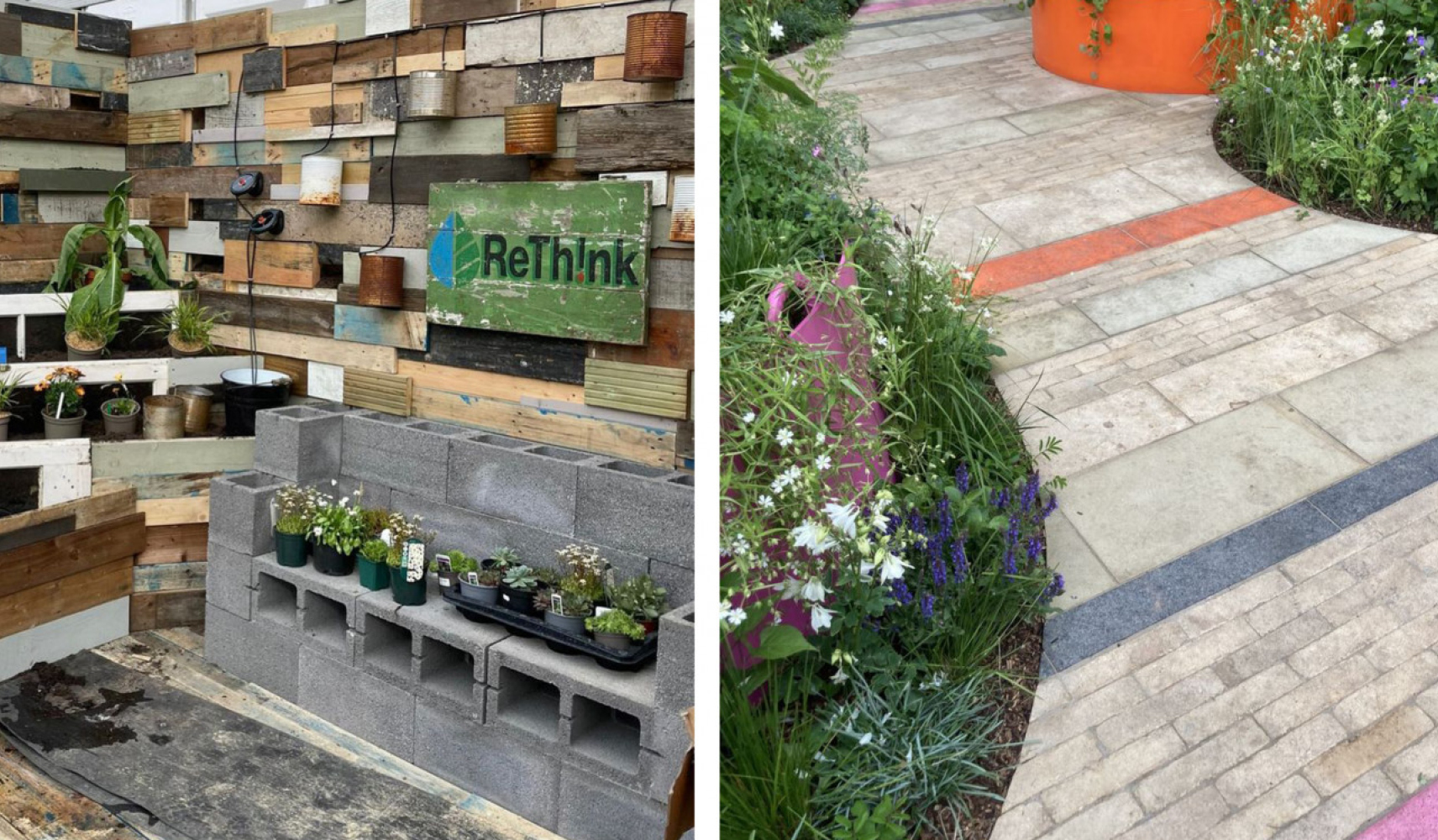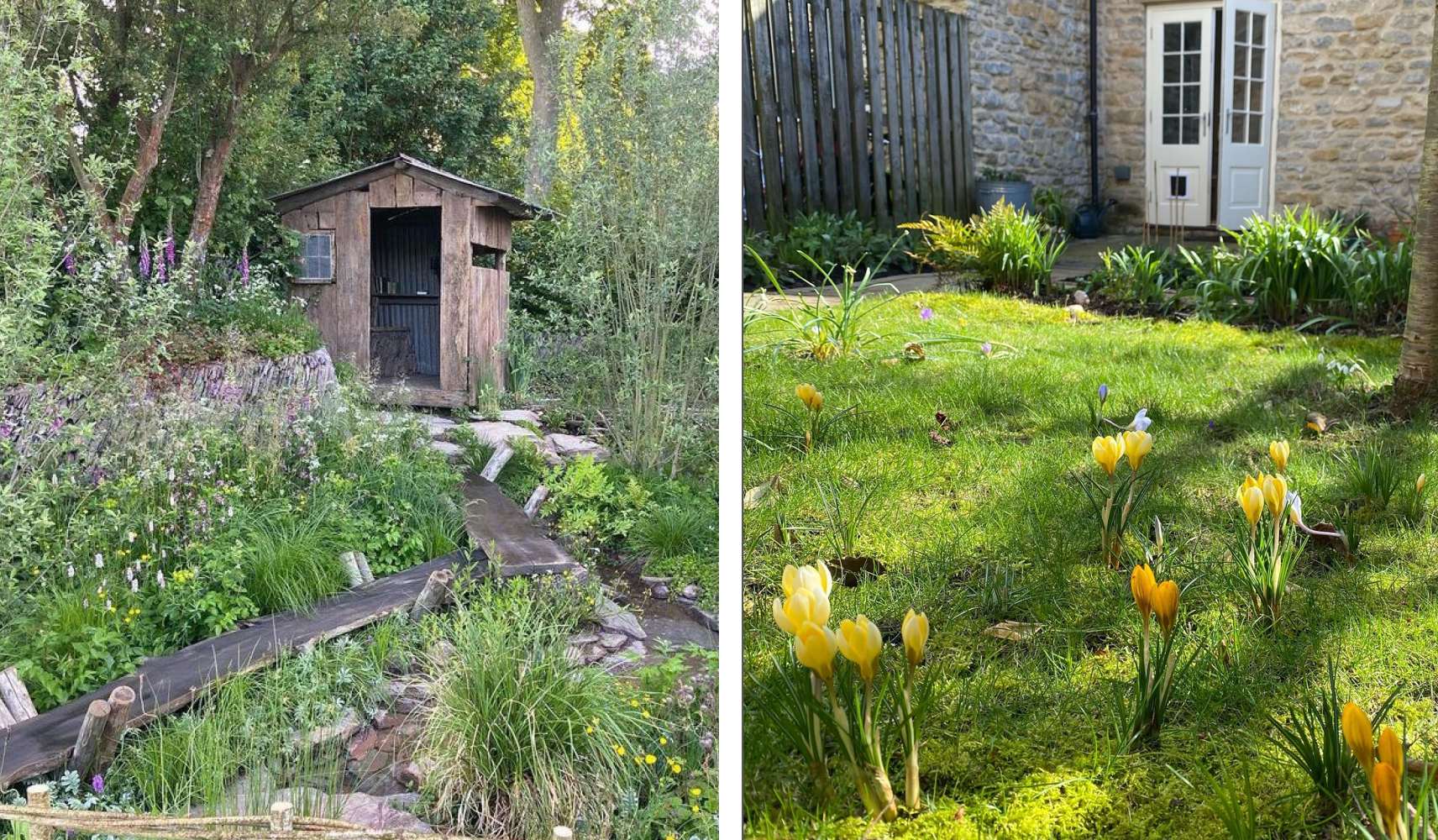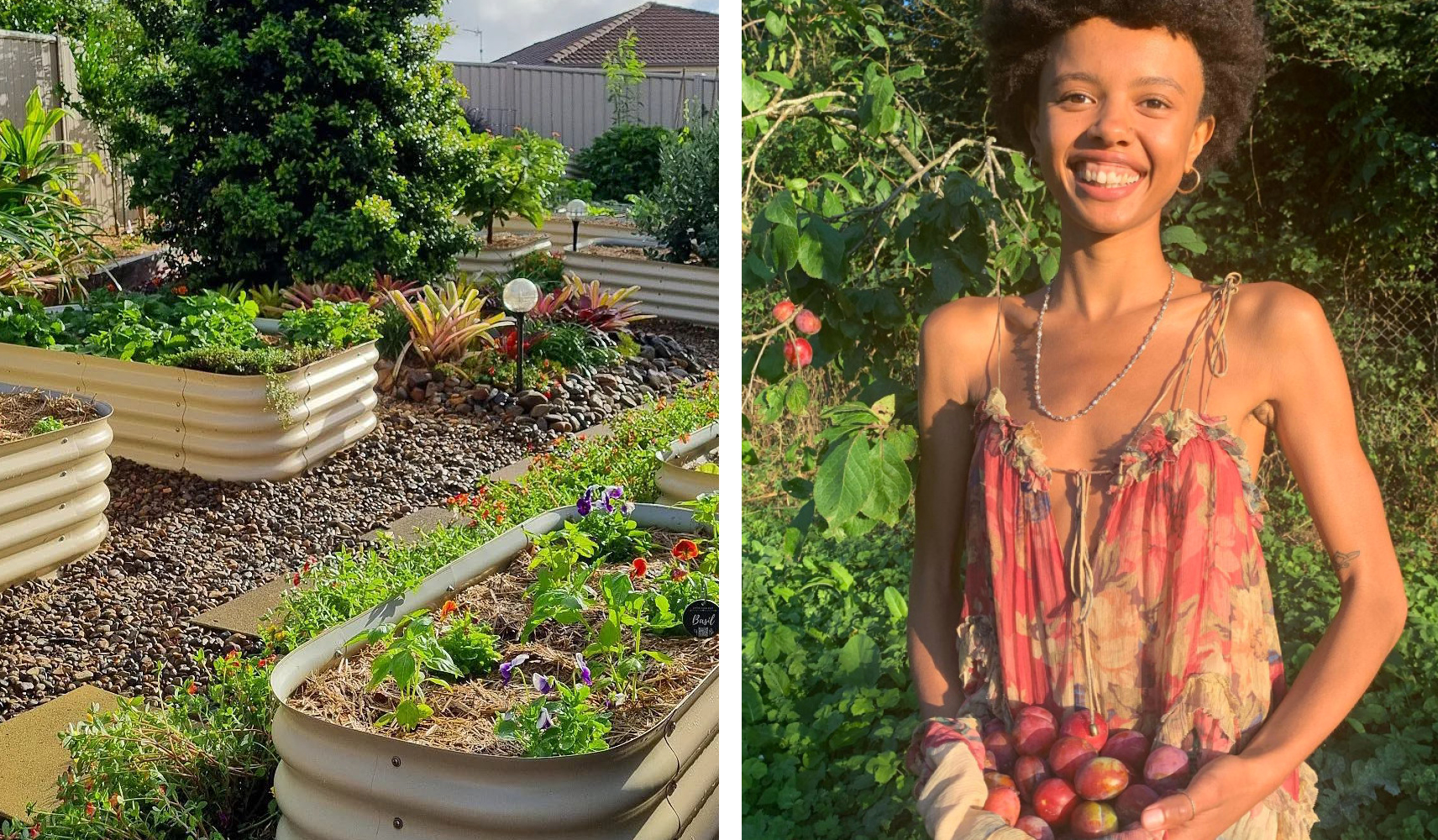Regenerative Solutions for Garden and Outdoor Spaces
 Ainhoa Garmendia
Ainhoa Garmendia As global consumer sentiment around earth friendly practices grows, it’s no longer enough to simply be “sustainable”, instead there is a shift towards truly regenerative approaches.
This message of designing systems and solutions that work with or mimic natural ecosystems is sweeping across design disciplines and is poised to completely overhaul the way households perceive, build, and create for the home environment and garden and outdoor spaces.
This vital consumer shift towards nature-inclusive design is a key message as individuals confidently champion their eco principles and seek closeness with the natural world.
Say hello to this new direction of sustainability as we showcase those who are already making revolutionary changes in the garden and outdoor environment.
The celebration of waste

Salvaged and repurposed materials are key to tapping into this growing mindset, householders will experiment with innovative ways to give new life to discarded materials, embracing an irregular and post-perfect aesthetic.
At the most recent Chelsea Flower Show Gardena’s ReTh!nk Garden was made with entirely salvaged and recycled materials and designer, Lynne Lambourne, used the waste from other exhibitors and gardens to form walls, paving and planters.
The tapestry lawn

The heightened concern about climate change comes with the need for more of an understanding of how to foster biodiversity in our outdoor spaces. A rise in organisations and professional gardeners are pushing out initiatives to move away from fertilised and freshly cut lawns towards a more biodiverse approach.
Plant Life’s initiative joins legions of gardeners to say “no” to the mow during the month of May to help bees, butterflies, and wildlife rewild. We’ll expect to see homemakers retune their eyes to a natural aesthetic that embraces the wilderness in their garden space.
The kitchen garden

Resilient food systems and the rise of ‘grow your own’ environmentalism now rank as the highest concerns for both Millennials and Gen Z. These homemakers are looking to alternative and more sustainable methods for growing and future-proofing their food sources whether this is turning their lawns into a vegetable patch or getting involved in local communal plots.
Poppy Okotcha describes herself as an ecologically focused, regenerative grower, forager and cook. Based in Devon, UK, she is part of the youth movement towards regenerative environmentalism and uses her social media platforms to educate others about foraging and local growing, as well as the mental health and wellbeing benefits of keeping a garden and connecting with nature.
With your consumer increasingly conscious of reuse and regeneration, what steps can you take to apply this vital mindset to the products and services you create and sell?
Unpack and explore further this new direction of sustainability in our report series when you subscribe to our Premium membership at My TrendBible. My TrendBible is our trend subscription service dedicated to The Future of Life at Home and is designed to inspire and spark ideas, give your teams confidence in actioning trends and provide validation from across the globe.